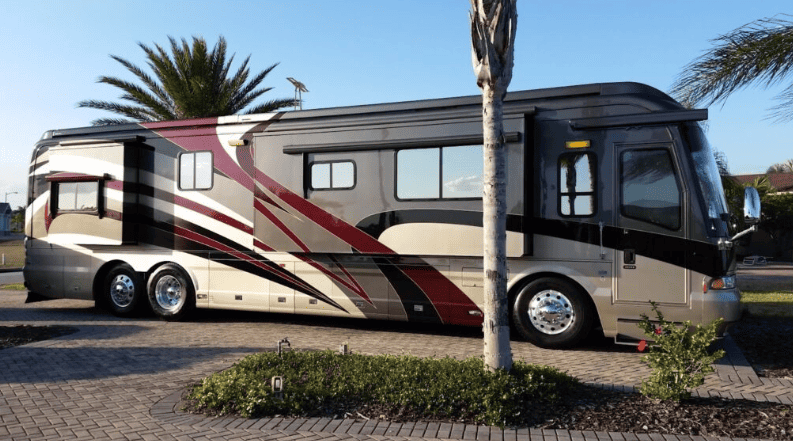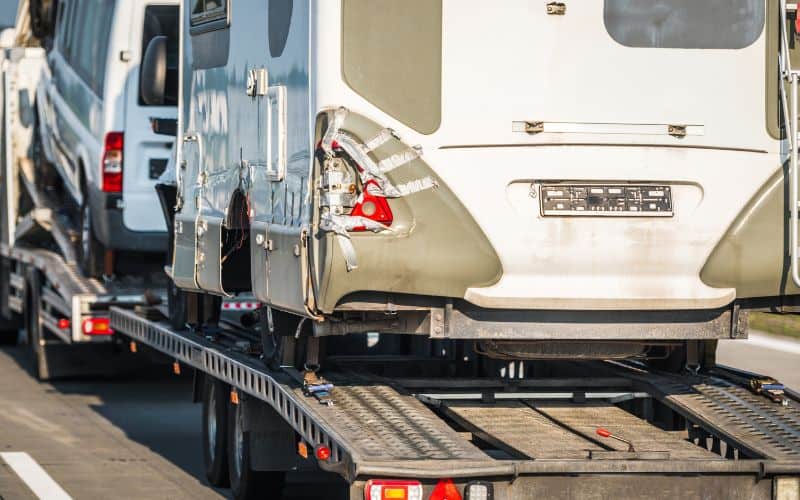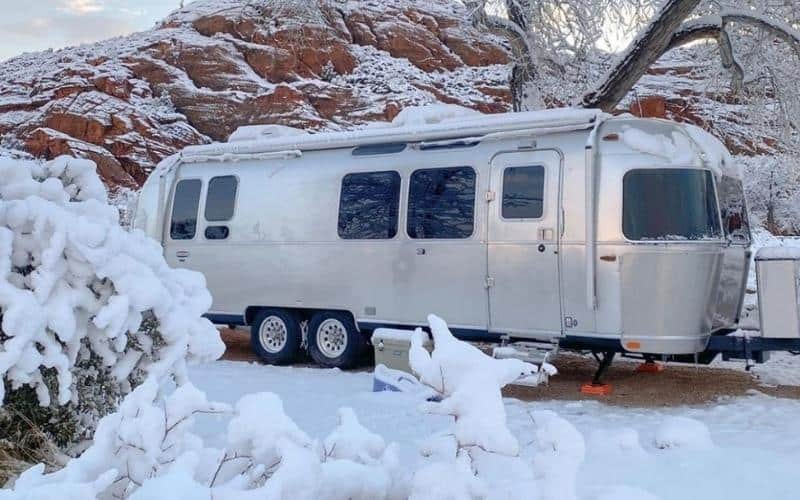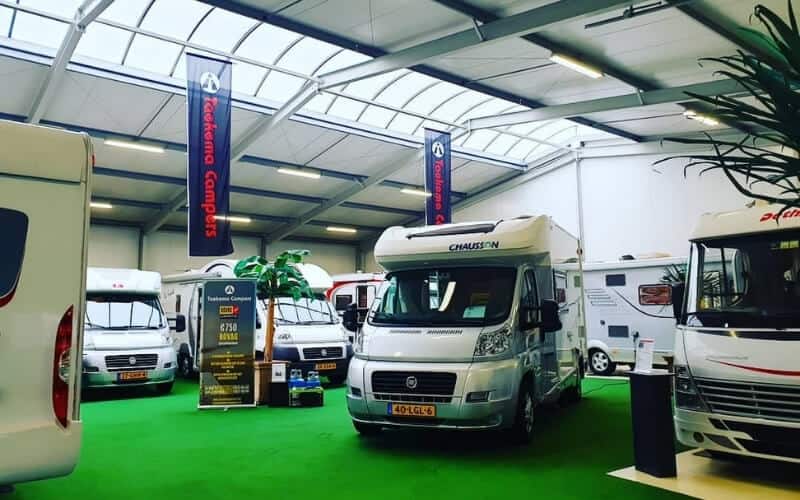The acronym RV stands for ‘recreational vehicle.’ Over 40 million people from the US regularly go RVing. If you are wondering whether or not you should buy an RV, this article is for you. There are certain benefits of owning an RV. However, having an RV can come with some challenges.
Let’s take a look into what an RV is, how it originated, and what the different types of RVs available are.
What Is The Definition Of RV
So, what does the acronym RV stand for? The ‘R’ is for ‘Recreational’ while the ‘V’ is for ‘Vehicle’. A recreational vehicle, by definition, is a vehicle that contains all the necessary amenities that you need for accommodation. Recreation comes from using the vehicle primarily for camping, traveling, or as a vacation home.
Federal Emergency Management Agency (FEMA) defines an RV as a vehicle which is:
- Built on a single chassis.
- 400 square feet or less when measured at the largest horizontal projection.
- Designed to be self-propelled or permanently towable by a light-duty truck.
- Designed primarily not for use as a permanent dwelling but as temporary living quarters for recreational, camping, travel, or seasonal use.
Now that you know what RV stands for, it’s time to answer your next question: what does the term RVing mean?
This is the term used to describe traveling via an RV. If you’re RVing to a place, you’ll be using your recreational vehicle not only to travel there but also as accommodation during your stay.
Origin of the RV
RVs have been around for over a century with the first ever recreational vehicle being dated back to 1910. The first RV had a foldable bed, a small sink, and a toilet. While this was very basic, its popularity led to more manufacturers getting in on the production of RVs.
Over time many facilities and customizations were added which has brought us to where we are currently. Many RVs today feature sleeping space for several individuals, a kitchen, a washroom, a living area, and even a storage space to bring along your ATVs, snowmobiles, or any other equipment.
Types Of RV
Having understood what RV stands for, I’m sure you’re wondering which vehicles come under the recreational vehicle term. There are different types of RVs, and I will be going through each, providing a brief introduction and the benefits of each type. The cost of the RV also depends on its type.
RVs can be divided into two categories: motorized and towable. The motorized RVs include Class A, B, and C motorhomes. The towable RVs include travel trailers, fifth wheels, toy haulers, teardrop trailers, A-frame trailers, tent trailers/pop-up trailers, hybrid trailers, and truck campers.
Let’s first take a look at motorized RVs.
Class A Motorhomes
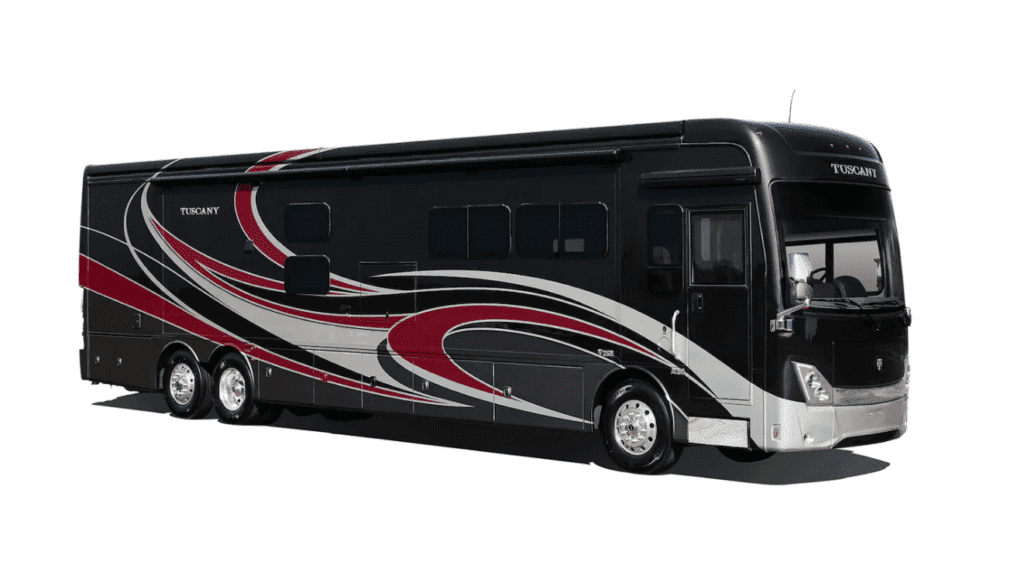
Source: ThorMotorCoach
These are some of the largest motorized vehicles. Having a structure similar to buses, they are extremely luxurious and offer great facilities within the vehicle, such as a kitchen, bathrooms, beds, a lounge, and many more.
Such vehicles are often called luxury RVs and are priced higher than others. These range from 26 to 45 inches in length.
Class B Motorhomes
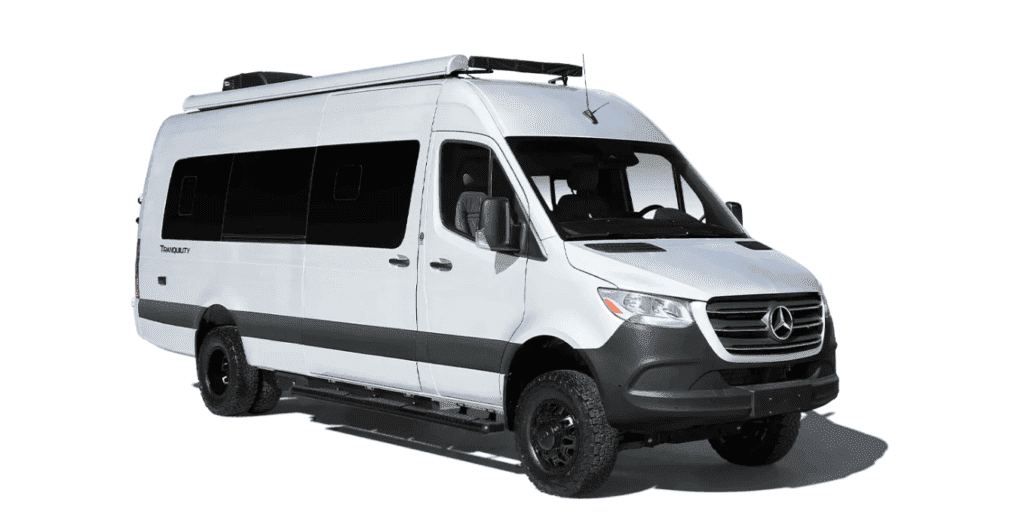
Source: ThorMotorCoach
Class B motorhomes are smaller but more streamlined than Class A motorhomes. They lack some of the facilities and room Class-A motorhomes offer but tend to be cheaper. You will still be able to enjoy facilities such as a small kitchenette, a bathing area, and a small bed.
In addition to that, these are easier to use while traveling due to their size and are easier to park in a garage. These are also referred to as campervans.
Class C Motorhomes
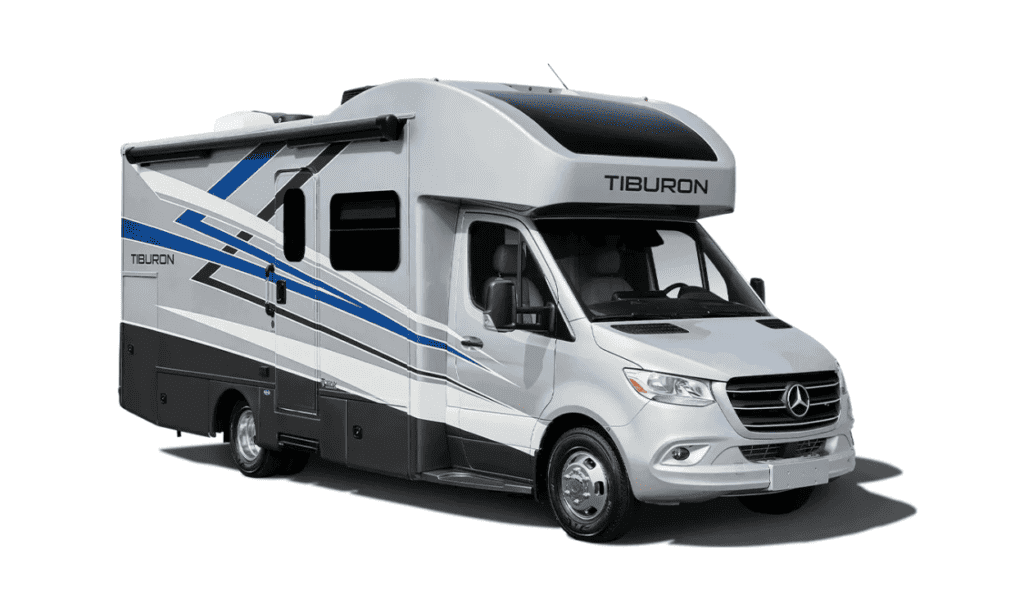
Source: ThorMotorCoach
The size of Class C motorhomes is between that of Class A and B. These are roomy and offer great facilities while being more affordable. Class C motorhomes offer a sleeping compartment that is situated above the cab as well as a kitchen and bathroom. Their fuel economy, however, tends to be lower than class B motorhomes.
In addition to motorized RVs, towable RVs can be attached to several vehicles, such as jeeps, trucks, vans, or SUVs.
Travel Trailer
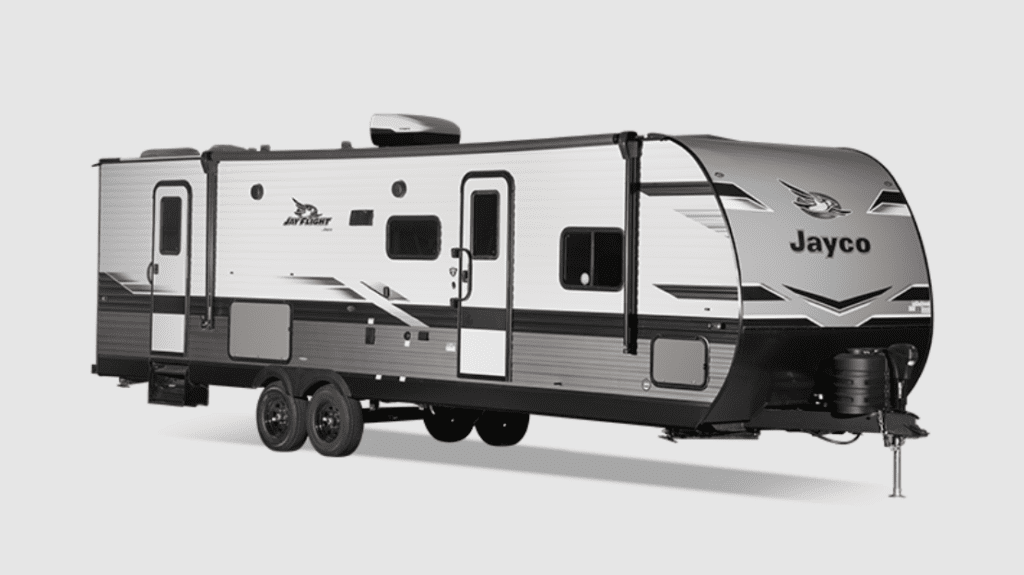
Source: Jayco
This is the most basic towable RV. It contains room for about 4 to 8 people to sleep in and other amenities such as a kitchen, bathroom, cupboards, room for sitting, and a sleeping area.
Their size generally ranges from 15 to 40 feet in length. You can tow them to an SUV, a truck, or any other vehicle.
Fifth Wheel Trailer
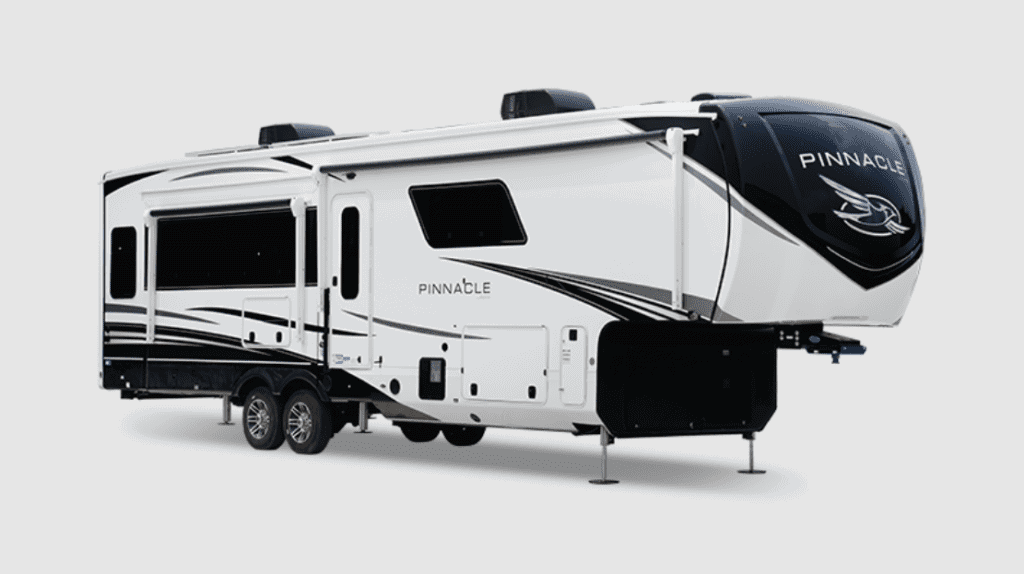
Source: Jayco
Fifth-wheel trailers are larger and more luxurious compared to regular trailers. With the extra room, you can have more sleeping beds, additional cupboards, sofas, a TV lounge, bathrooms and much more. However, with the increased comfort, the prices also tend to be higher.
If you’re looking to go out with your family and want to have a comfortable tour, the fifth-wheel trailer will be the perfect travel partner for you.
Toy Hauler
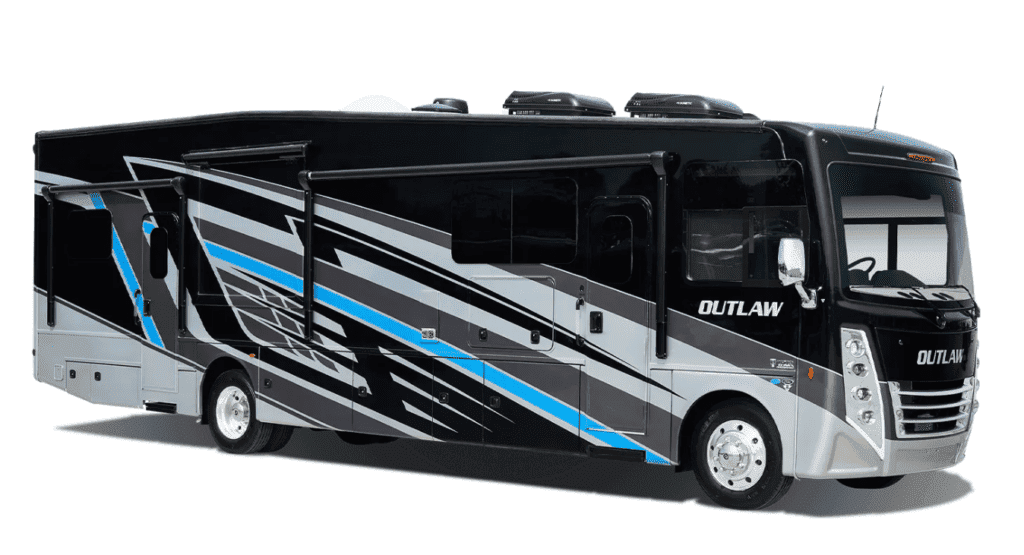
Source: ThorMotorCoach
The toy hauler is a trailer that provides room for storing ATVs, snowmobiles, dirt bikes, or dune buggies. There are some of the largest trailers available. The extra space can also be used to transport any other items that you would like to carry with you on your journey.
Traditionally toy haulers were made in the form of travel trailers however due to their recent popularity, many brands are launching toy haulers that are drivable similar to motorhomes. While these tend to be on the higher end in terms of pricing, they do offer great comfort and usability.
Teardrop Trailer
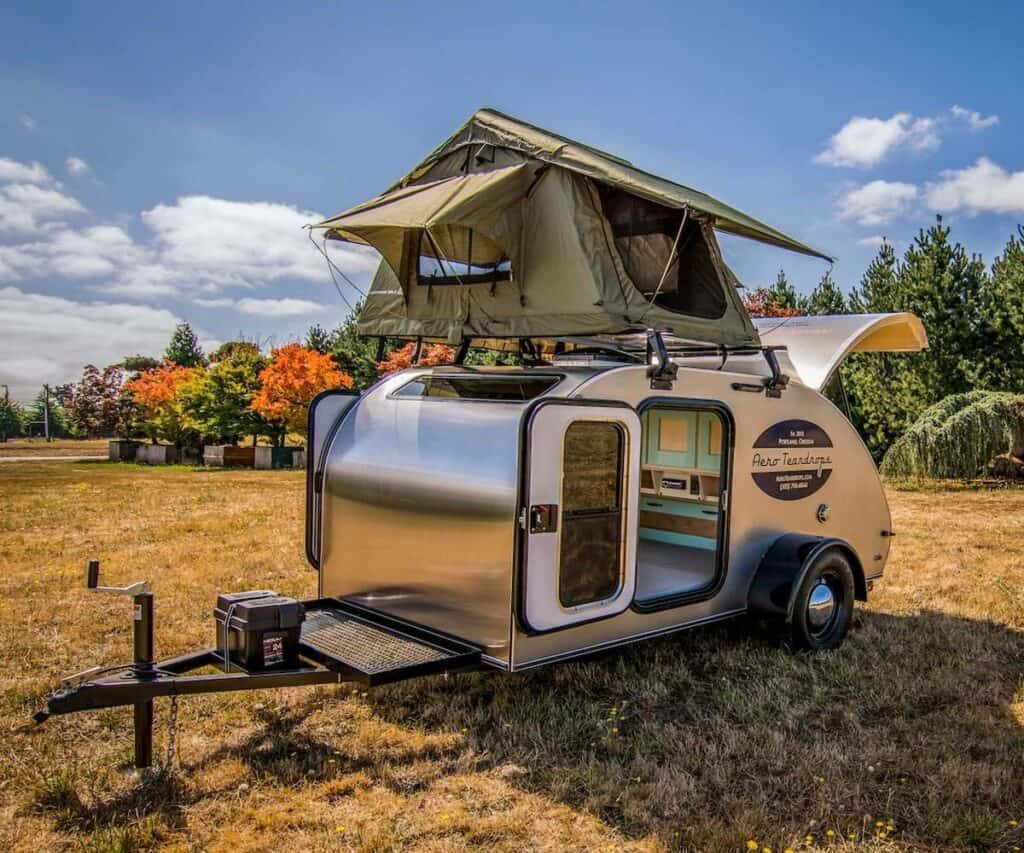
Source: Pinterest
If you’re looking for the smallest and the most compact trailer that is easy to tow, then the teardrop trailer meets your needs. There is usually room for two beds and a top window that allows you to gaze at the stars while you rest.
Despite having a small form factor, these are an ideal option if you’re traveling on your own or as a couple and want to spend some time close to nature.
A-Frame Trailer
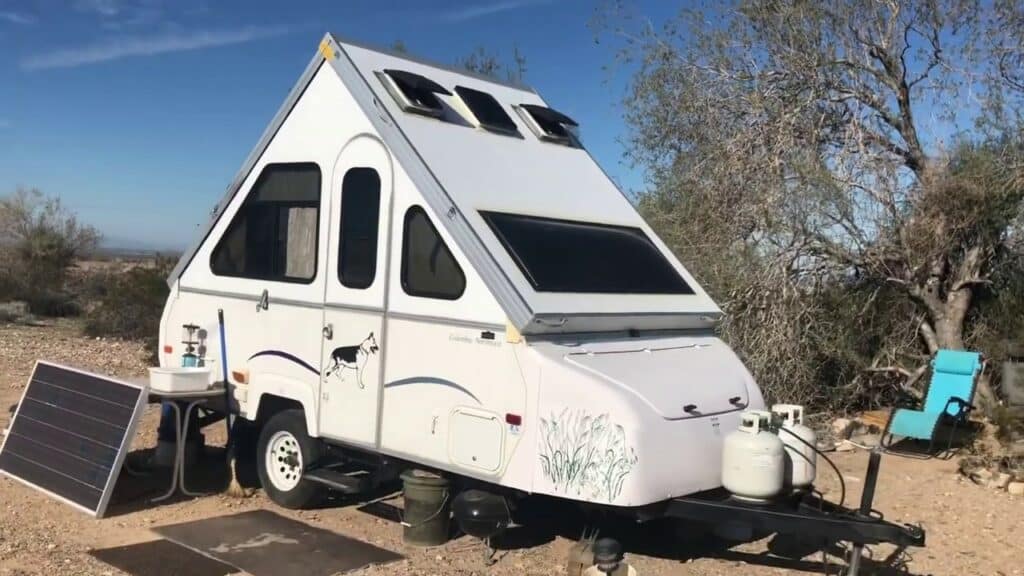
Source: YouTube
These trailers have a peaked roof and a unique shape accommodating two to three people. Similar to the teardrop trailers, these are lightweight and easy to tow. These trailers are also some of the most affordable trailers available.
Within its compact design, you will get a bunk bed, a sink, some storage cabinets, and a dinette.
Tent Trailer/Pop-up Trailer
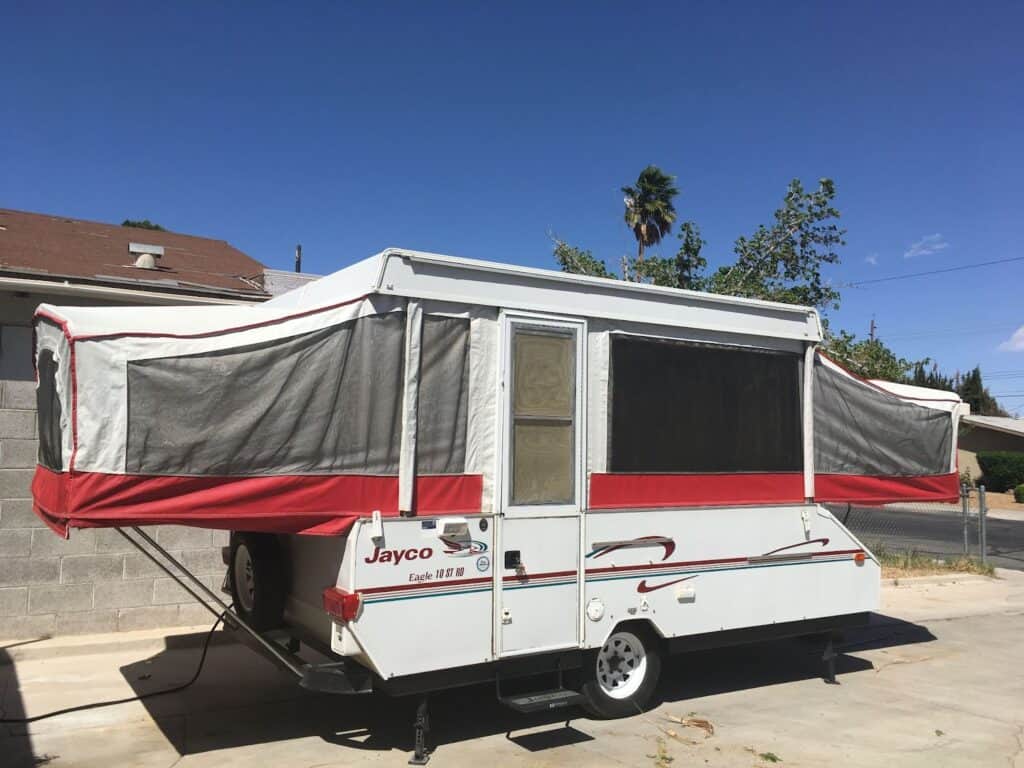
Source: Pinterest
The tent trailer or pop-up trailer is also another cost-effective option. The roof and base are hard, while on the sides of the trailer, a cranking system can be used to reveal tent walls with slide-out beds. They usually accommodate up to four people.
Due to their collapsible design, these occupy little storage space and are, therefore easy to use and travel with.
Hybrid Trailer
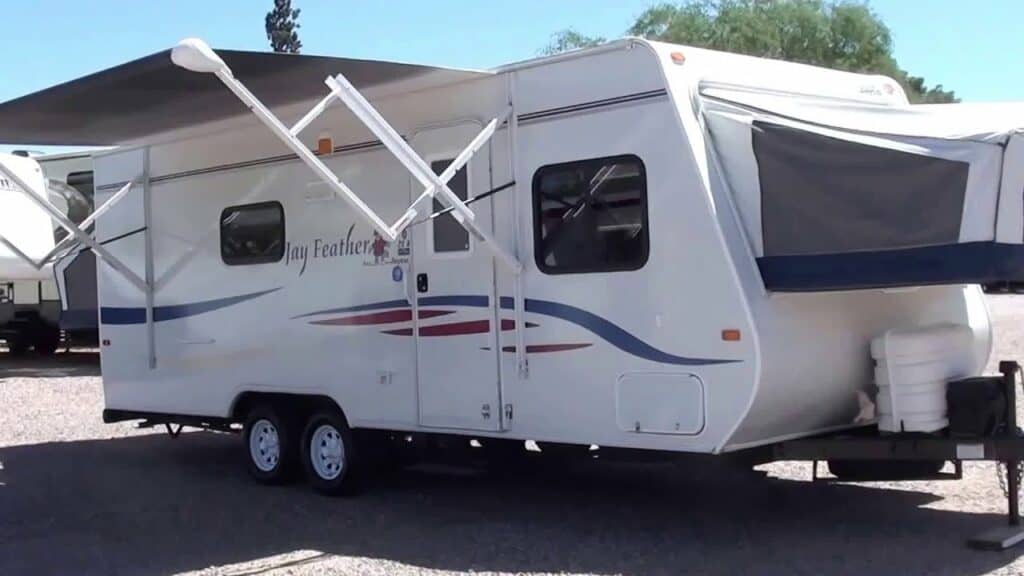
Source: YouTube
These tend to be a mixture of both a regular trailer and a tent trailer. Compared to tent trailers, these have hard walls with collapsible tents that house sleeping beds. These offer more sleeping space compared to regular trailers while being similarly priced.
In addition to that, due to its lighter weight, it is easier to tow and therefore much more efficient in terms of fuel consumption.
Truck Camper
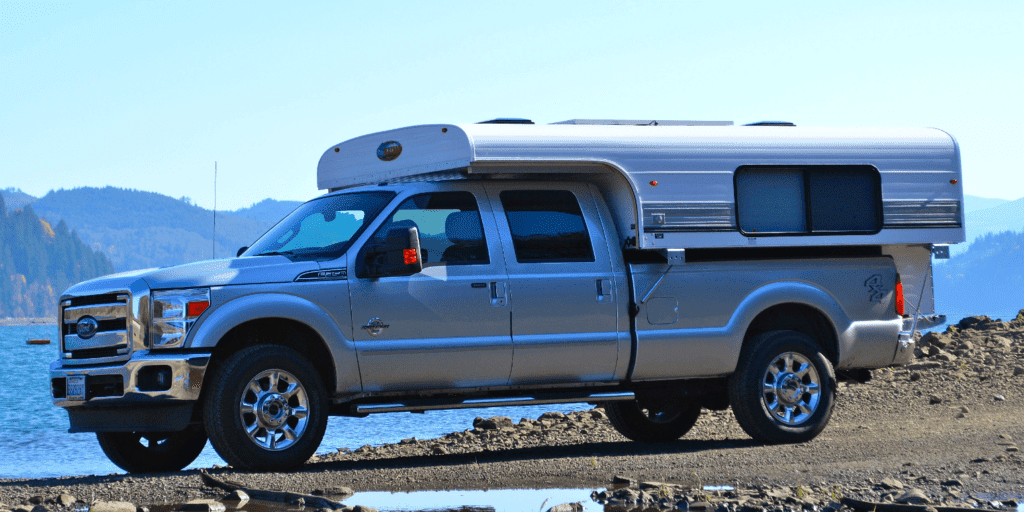
Source: Pinterest
While these aren’t towable, they can be attached to the back of a pickup truck. Usually, these can accommodate four people. Since these aren’t towed, they come with the advantage that you can tow something like a boat to the back of your pickup truck.
The facilities offered by a truck camper include a bed, a small bathroom, a kitchenette, and some living area in your truck camper.

